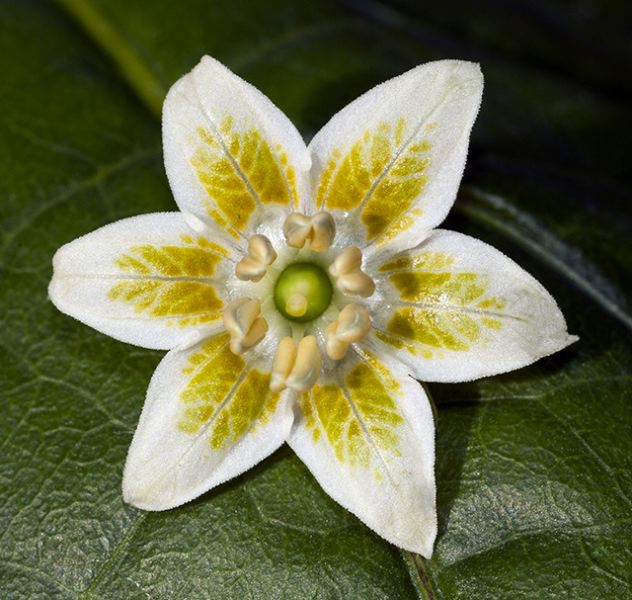
Pequante (C. baccatum)
Capsicums are very important crop plants and. The genus Capsicum belongs to the Solanaceae family which contains more than 30 species, of which only five, namely, C. annuum L., C. chinense Jacq., C. frutescens L., C. baccatum L. and C. pubescens L. are cultivated. Capsicums are very important crop plants and.

C. baccatum 'Dedo de Moca'
Key message Biochemical characterization in combination with genetic analyses in BC 2 S 1 plants and near-isogenic lines led to the detection and validation of C. baccatum loci affecting flavor, terpenoid content and Brix level. Abstract The species Capsicum baccatum includes the most common hot peppers of the Andean cuisine, known for their rich variation in flavors and aromas. So far the C.
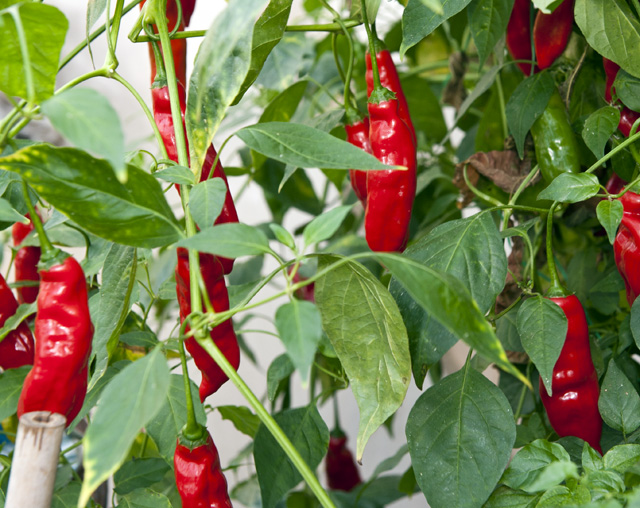
C. baccatum var. 'Aji Blando'
The genus Capsicum includes over 30 species, five of which (C. annuum, C. frutescens, C. chinense, C. baccatum, and C. pubescens) are domesticated and mainly grown for consumption. A large number of accessions of domesticated and wild species are stored in the world seed banks, representing a valuable resource for breeding in order to transfer.
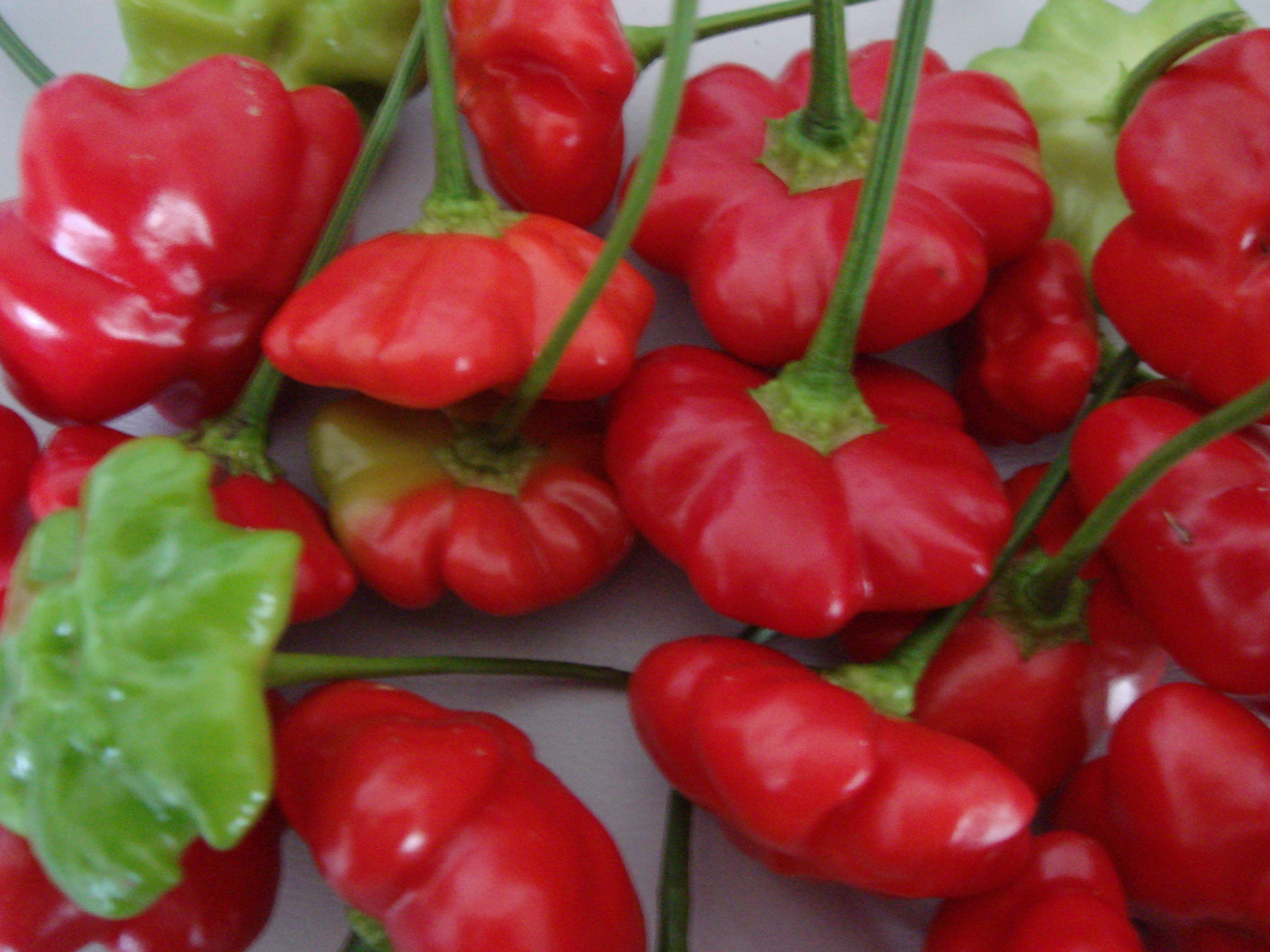
Starfish Chili, C.Baccatum, Seesternförmiger Chili
Capsicum baccatum, also known as the ají or Peruvian hot pepper, is a unique Capsicum species with origin in South America [].The species is divided into two major groups, the wild C. baccatum L. var. baccatum (formerly C. microcarpum Cav.) and the domesticated C. baccatum var. pendulum (Willd.) Eshbaugh. Morphological overlap occurs between the two forms of the species [2, 3].
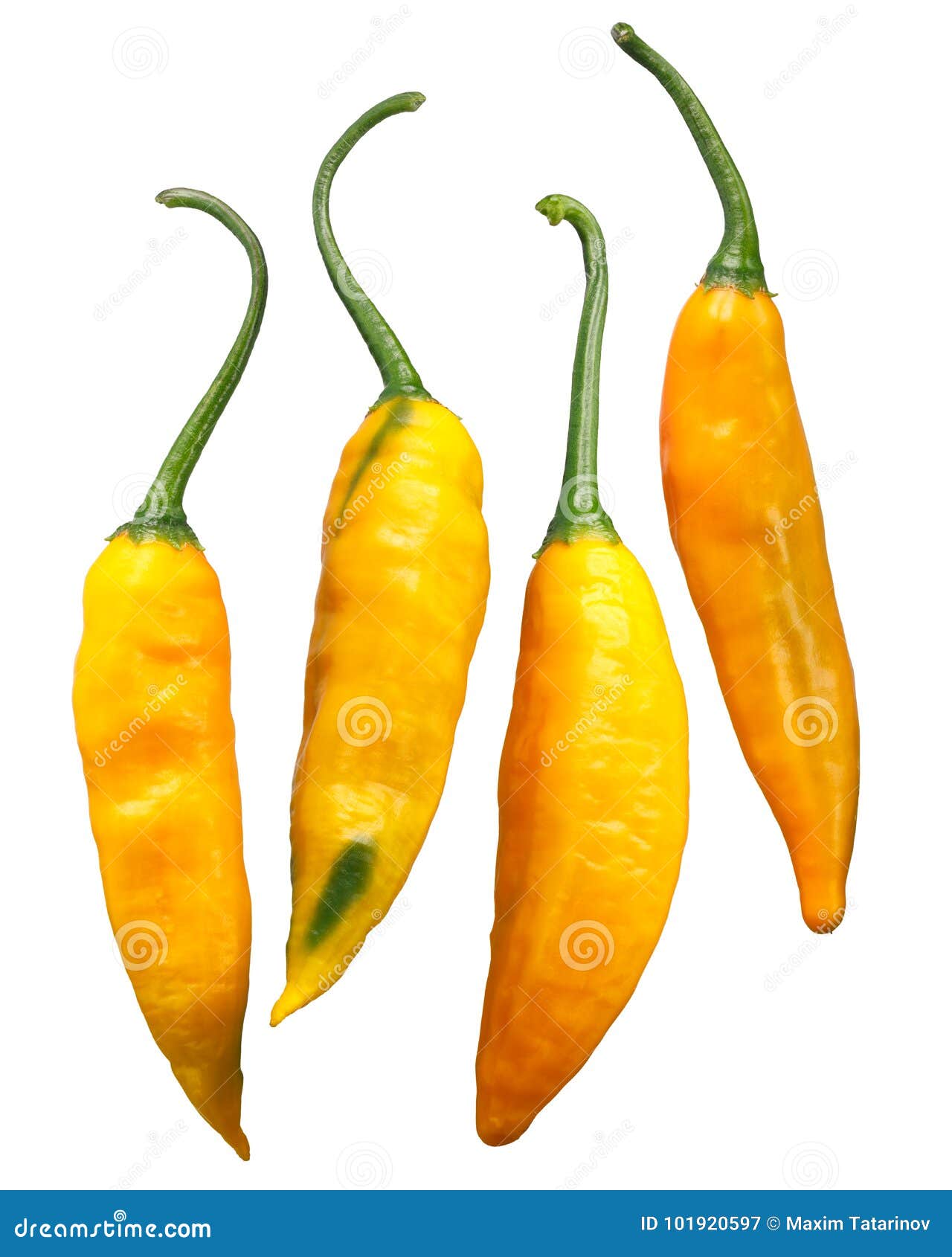
Aji Giallo Arancio Chile C. Baccatum, Paths Stock Image Image of
Crop Systems. W.L. Morris, M.A. Taylor, in Encyclopedia of Applied Plant Sciences (Second Edition), 2017 Peppers (Capsicum sp.)Pepper (Capsicum annuum) comprises both nonpungent and pungent (chili) peppers.Four additional species (Capsicum frutescens, Capsicum chinense, Capsicum pubescens, and Capsicum baccatum) are also cultivated for chili pepper production, mostly in Central and South America.
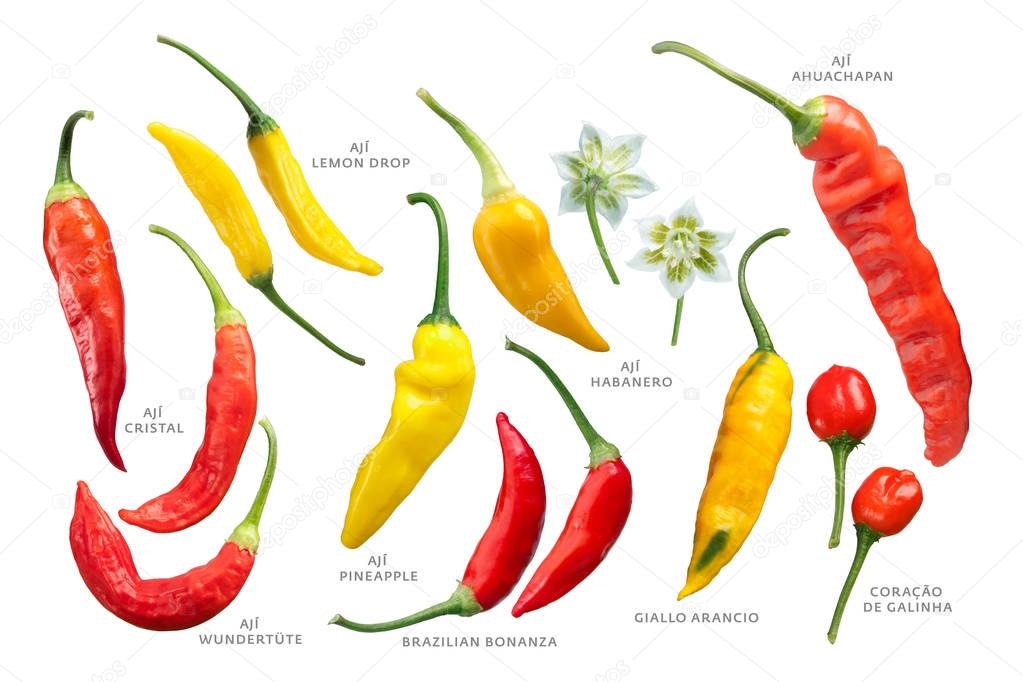
Aji peppers C. baccatum set, paths — Stock Photo © maxsol7 173893834
Capsicum Baccatum originated in ancient Peru, particularly the aji amarillo chili. An interesting and unique fact about this Capsicum species is that it was the first and only species of pepper to be introduced to (and subsequently cultivated in) South and Central America by Spanish colonizers. With all other varieties, the opposite has been true.
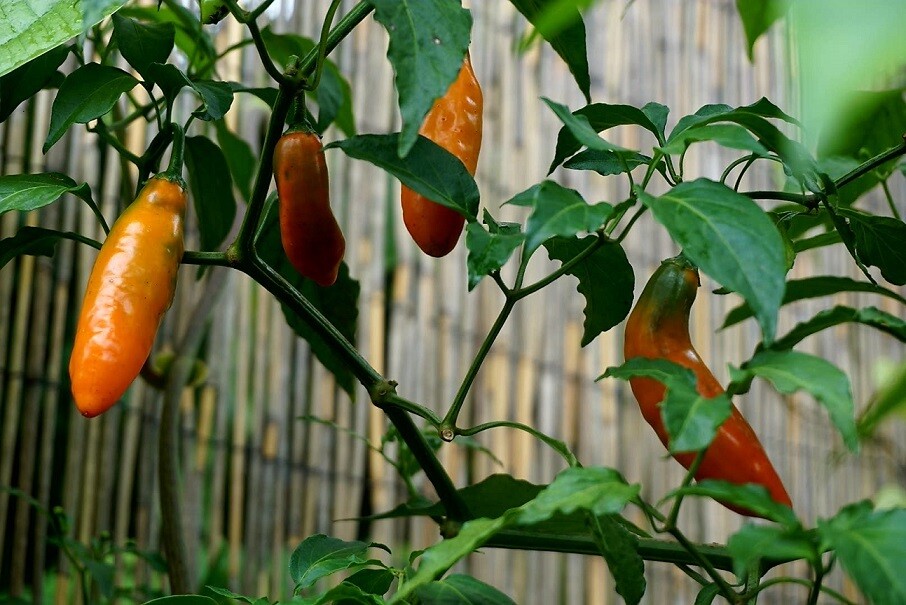
Aji Amarillo (C. baccatum) SEEDS.
Capsicum belongs to the Solanaceae family and is comprised of about 200 different species such as hot habanero to sweet bell pepper. The species are characterized as hot or sweet pepper using a taste-based pungency scale called the Scoville Heat Units (SHU) as shown in Fig. 29.1. The SHU is used for the determination of pepper smell and irritation.
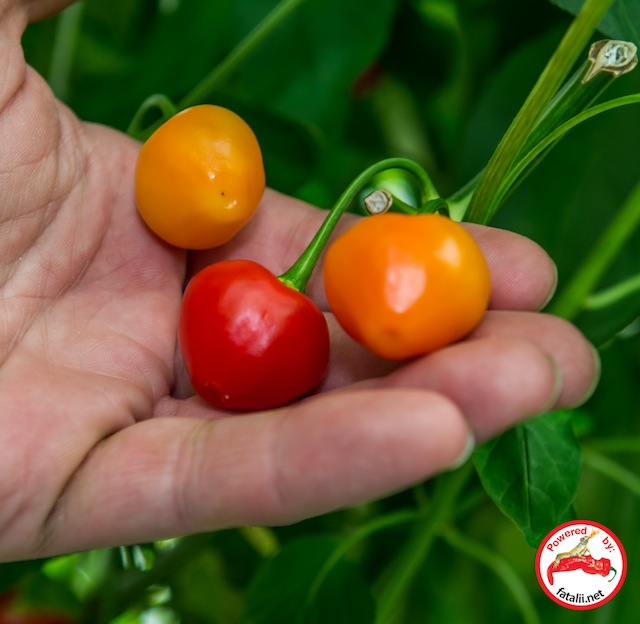
C. baccatum var. 'Trepadeira Werner'
Flowers with yellow spots are C. baccatum. This is perhaps the most obvious distinguishing trait in pepper flowers. C. baccatum flowers always have a white corolla with pale green or yellow spots. Purple C. annuum flower C. baccatum flower with green spots

Inca red Drop Chili, C.Baccatum, ultrascharf, Massenernte
The Capsicum baccatum species, according to Pepper Geek, likely contains thousands of different varieties, and it originated in the Andes mountains of South America. Serious Eats explains that in.
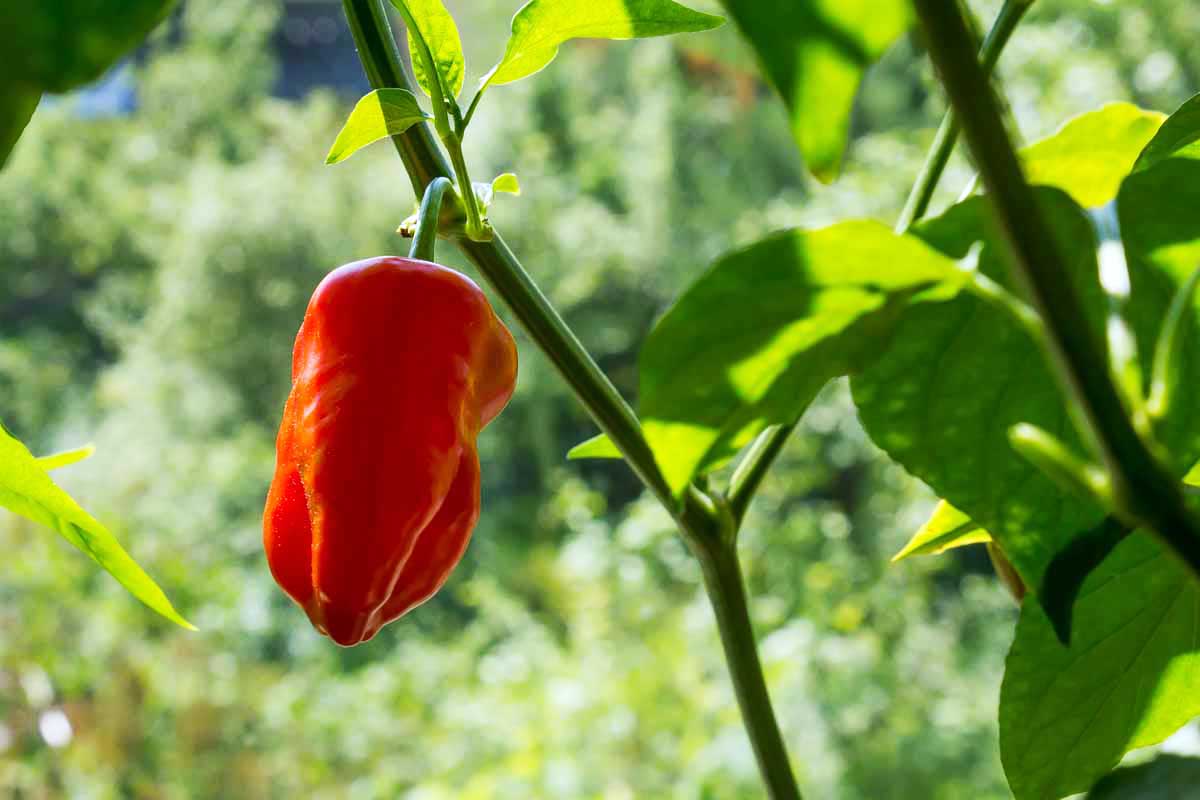
Sugar Rush C. Baccatum 5kpl www.vplux.fi Kasvatustarvikkeet netistä
This datasheet on Capsicum baccatum covers Identity, Overview, Associated Diseases, Pests or Pathogens, Distribution, Dispersal, Biology & Ecology, Environmental Requirements, Impacts, Uses, Management, Genetics and Breeding, Food Quality, Economics, Further Information. Identity Preferred Scientific Name Capsicum baccatum L. Preferred Common Name

Aji Wundertute Pepper C Baccatum Paths Stock Photo Download Image Now
Capsicum Annuum Info: Origin: South America, many early varieties domesticated in Mexico (N. America) Pronunciation: AN-yoo-um Popular varieties: Bell, jalapeño, poblano, cayenne, Thai chili Various jalapeño peppers. Certainly the most well-known pepper species, Capsicum annuum is home to some of the most beloved varieties.

FileC baccatum lemon drop fruit.jpg Wikipedia, the free encyclopedia
Capsicum Baccatum (bah-COT-tum or bah-KAY-tum) Baccatum meaning 'berry-like' consists of the South American cultivars known as Aji's. They are almost as many baccatum cultivars as annuums with pods ranging from non-pungent to very hot.

Trepadeira Werner (C. baccatum)
Introgressions from C. baccatum into C. chinense and C. frutescens are detected, including those providing genetic sources for various biotic and abiotic stress tolerances. Existing genetics and.
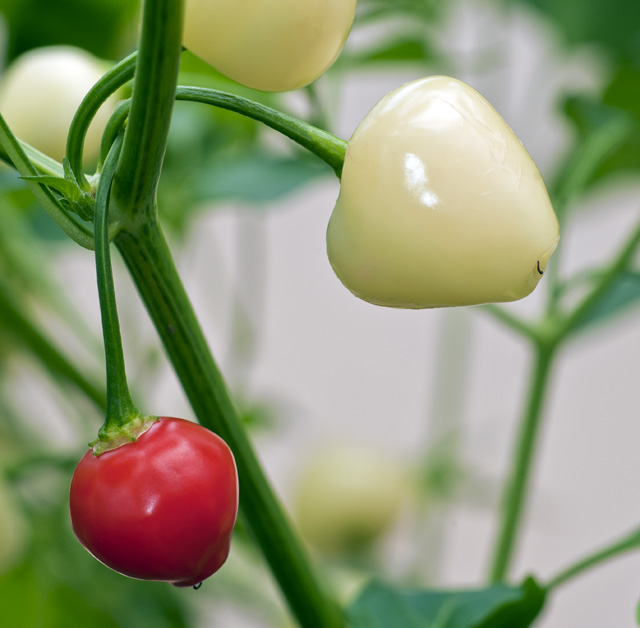
C. baccatum var. 'Trepadeira Werner'
Cultivated baccatum ( C. baccatum var. pendulum) is the domesticated pepper of choice of Bolivia, Colombia, Ecuador, Peru, and Chile. [3] The Moche culture often represented fruits and vegetables in their art, including ají amarillo peppers. [4] South American farmers also grow C. baccatum as ornamental plants for export. [5] Cultivars

C. baccatum 'CAP 1475'
Capsicum (Capsicum spp.), also called as pepper, is a main vegetable and spice crop originated in the American tropics and today cultivated all over the world for fresh, dried, and processing.
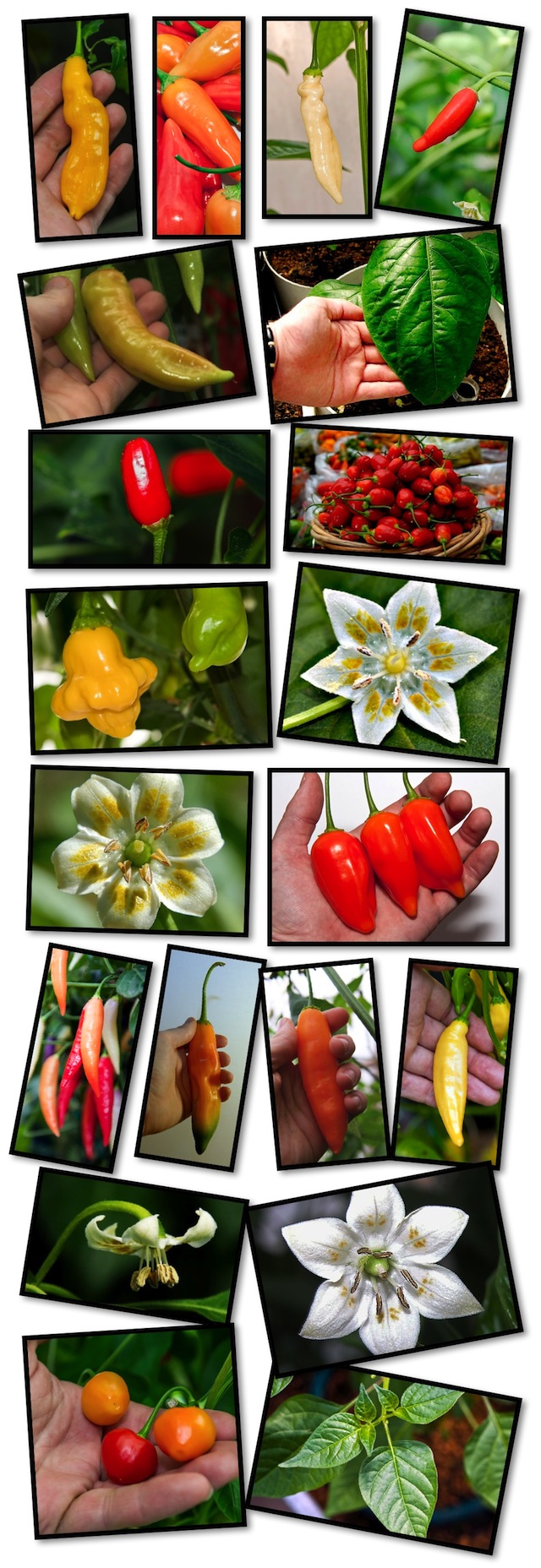
Fatalii's Growing Guide C. baccatum
Capsicum baccatum is a species of chili peppers within the genus Capsicum. There are hundreds of different varieties within C. baccatum, ranging widely in size, shape, color, flavor, and heat. In this article, I'll share all about the Capsicum baccatum species and our personal experience growing many of the different pepper varieties it contains.